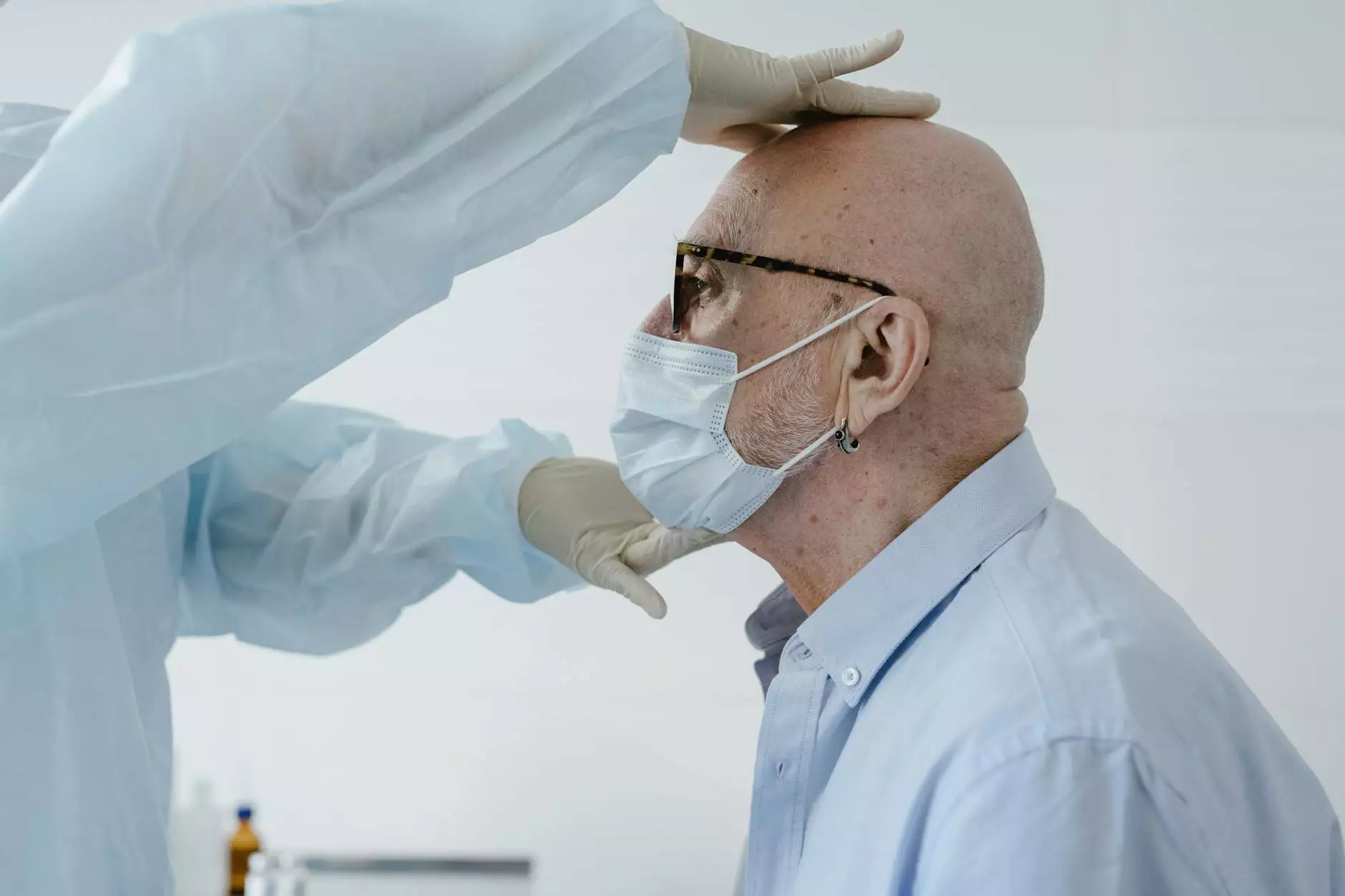Understanding Leg Blood Clots: Pain, Symptoms, and Treatment

Does a blood clot in your leg hurt? This is a critical question that many individuals unknowingly confront. Blood clots, particularly in the legs, can pose significant health risks, including deep vein thrombosis (DVT). In this comprehensive article, we will explore the pain associated with blood clots in the leg, the symptoms to be aware of, the risk factors involved, and the treatment options available. Knowledge is pivotal, and by the end of this article, you should feel empowered to identify, understand, and seek appropriate care for this condition.
What is a Blood Clot?
A blood clot is a mass of blood that has changed from a liquid to a gel-like or semi-solid state. Clots can be essential for stopping bleeding after an injury, but they can also form inappropriately in the veins or arteries, leading to serious health complications.
Types of Blood Clots
- Venous Clots: These clots occur in veins and are commonly responsible for conditions like DVT.
- Arterial Clots: Clots that develop in arteries can lead to heart attacks or strokes.
Understanding Deep Vein Thrombosis (DVT)
DVT occurs when a blood clot forms in a deep vein, usually in the legs. DVT can be a dangerous condition because the clot can break loose and travel to the lungs, causing a pulmonary embolism (PE), which can be life-threatening.
Does a Blood Clot in Your Leg Hurt?
The query that many patients ask when experiencing leg issues is, "Does a blood clot in your leg hurt?" The answer varies. Some patients experience significant discomfort, while others may exhibit minimal or no pain at all. The pain associated with a DVT can manifest in several ways:
- Swelling: Often, one leg may appear swollen compared to the other.
- Pain: Many individuals report a dull ache or cramping sensation, particularly in the calf area.
- Warmth and Redness: The affected area may feel warmer than surrounding areas and appear reddish.
Recognizing the Symptoms of a Blood Clot
Understanding the symptoms is crucial for early detection and treatment of blood clots. Here are vital signs associated with leg blood clots:
- Swelling: As mentioned earlier, swelling in one leg can be an indicator.
- Pain or Tenderness: Often felt in the calf or thigh, this pain may feel like cramping.
- Skin Changes: Look for changes in color (red or discolored) and warmth in the affected area.
- Shortness of Breath: If a clot travels to the lungs, it can cause sudden shortness of breath.
Risk Factors for Developing Blood Clots
Understanding the risk factors associated with blood clots is essential for prevention. Various factors can increase your likelihood of developing a DVT, including:
- Prolonged Immobility: Extended periods of sitting or lying down can contribute to clot formation.
- Recent Surgery: Surgical procedures, particularly orthopedic surgeries, can increase risk.
- Obesity: Being overweight puts additional pressure on veins.
- Smoking: Tobacco use is a significant risk factor for the formation of clots.
- Hormonal Factors: Hormone therapy and contraceptives can also play a role.
- Age: The risk increases as you get older, particularly for individuals over 60.
Diagnosis of Blood Clots in the Legs
If you suspect that you have a blood clot, it’s critical to seek medical attention promptly. A healthcare professional will conduct a thorough evaluation, which may include:
- Physical Examination: The doctor will assess your legs for swelling, tenderness, and redness.
- Ultrasound: This imaging test uses sound waves to visualize blood flow and detect clots.
- D-dimer Test: A blood test that measures a substance released when a blood clot breaks up.
Treatment Options for Blood Clots
Treating a blood clot involves preventing its growth and reducing the risk of complications. Treatment options may include:
- Blood Thinners: Medications such as anticoagulants (e.g., warfarin, rivaroxaban) help prevent clot progression.
- Compression Stockings: These can help reduce swelling and prevent complications.
- Thrombectomy: In some cases, a surgical procedure may be necessary to remove the clot.
- Catheter-Directed Thrombolysis: A procedure that uses medication delivered via catheter to dissolve the clot.
Preventing Blood Clots
Prevention is critical, especially for individuals at high risk for DVT. Here are some preventive measures:
- Stay Active: Regular physical activity can greatly reduce your risk of blood clots.
- Avoid Prolonged Immobility: If you are traveling for long distances, take breaks to walk around.
- Stay Hydrated: Dehydration can contribute to clot formation, so drink plenty of fluids.
- Wear Compression Stockings: Especially during long flights or periods of immobility.
When to Seek Medical Help
If you experience any symptoms associated with blood clots, especially swelling or pain in your leg, along with discomfort in your chest or difficulty breathing, seek immediate medical attention. Early intervention can be life-saving.
Conclusion
In summary, understanding the question, "Does a blood clot in your leg hurt?" is vital, as pain can be a significant symptom of a serious condition. By recognizing the symptoms, understanding the risk factors, and seeking timely treatment, you can take control of your vascular health. If you need expert guidance, consult the professionals at Truffles Vein Specialists for further evaluation and treatment options. Your health is paramount, and staying informed is the first step toward prevention and care.









